semantic SEO Explained
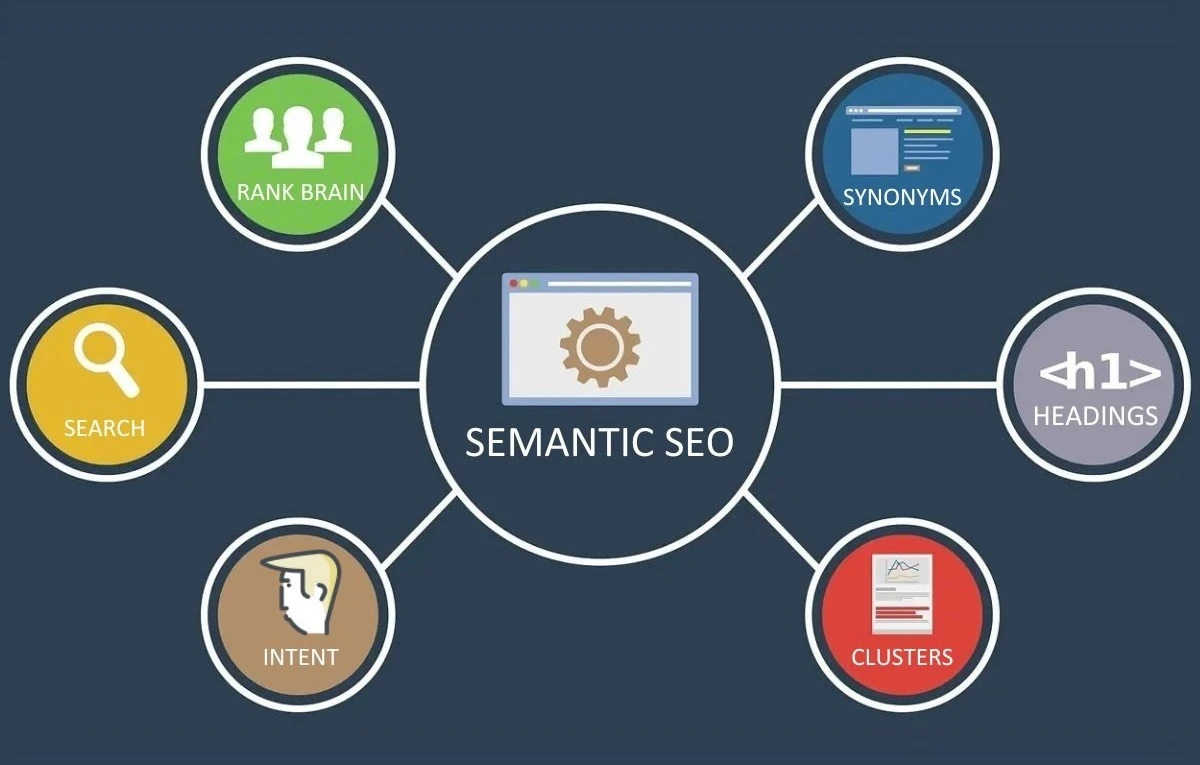
Semantic SEO is an important part of modern search engine optimization.
It is the process of optimizing website content for maximum relevance to a particular keyword or phrase, taking into account the context and meaning of those words to improve rankings on search engine results pages (SERPs) which can lead to increased organic traffic and higher conversions.
In this article, we’ll discuss what semantic SEO is and how you can use it to get better results from your online marketing efforts.
Table of Contents
What is Semantic SEO?
Semantic SEO is the practice of writing content in a strategic manner that not only includes specific keywords but also contextually related terms and phrases.
This approach allows search engine algorithms to understand the broader context of the content, enhancing its relevance to the audience.
Semantic SEO goes beyond traditional one-dimensional keyword optimization and enriches the content with meaningful associations and context, making it more likely to be discovered by users who are searching for related information.
This technique is critical in the era of Google’s RankBrain and other AI algorithms that prioritize understanding the intent behind a user’s search over matching exact keyword phrases.
Professional SEO services often employ semantic SEO techniques to improve their SEO and make the content more natural and user-friendly by using relevant synonyms and related terms throughout the content.
How Does Semantic SEO Work?
Semantic SEO works by incorporating related keywords, synonyms, and contextually relevant words and phrases into the content, creating a network of interconnected ideas.
This method enables search engines like Google to understand the context and relevance of your content to the user’s search query.
It is based on principles of semantics, the study of meaning in language, wherein words are associated based on their shared meaning.
When implemented effectively, semantic SEO allows search engines to provide more accurate and comprehensive results, thereby improving the visibility and ranking of your website.
This approach requires a deep understanding of your target audience, their search intent, and the broader context of their queries.
Why is Semantic Relevance Important to SEO?
The short answer is that it works and makes the content more discoverable. SEO in a holistic approach a crucial role in improving the overall user experience and driving traffic to your website and semantic relevance plays a significant role in this.
Search engines are smarter than ever and creating content based on keyword stuffing or generic mentions won’t do the job.
Instead, when using more synonyms, long tails, and related words and phrases, your content becomes more relevant to the user’s search intent without repeating the same targeted keyword over and over again, which makes it more natural and user-friendly.
Implementing Semantic SEO in Your Content
Understand your target audience and their search intent
Before incorporating semantic SEO techniques, you must have a thorough understanding of who your target audience is and what they are looking for. This will help you create content that is relevant and valuable to them.
Use keyword research tools
To find related keywords, synonyms, and long-tail phrases, you can use various keyword research tools such as Google Keyword Planner or SEMrush.
These tools will help you discover the most commonly used and relevant terms for your content.
Incorporate related words and phrases
Once you have identified the related keywords, incorporate them naturally throughout your content.
This not only makes your content more semantically relevant but also helps to avoid keyword stuffing.
Optimize for voice search
With the rise of voice assistants like Siri and Alexa, optimizing your content for voice search has become crucial.
This includes using natural language, long-tail keywords, and conversational phrases in your content.
Focus on user experience
Unlike common SEO issues, improving user experience requires a more holistic approach and a change in the way your content is built.
Make sure your content is well-structured and gives the user what he needs.
Examples of Semantic SEO
Related Terms

If you were trying to target the keyword “running shoes”, you would also look for related terms such as “athletic footwear”, “sneakers”, and “running trainers”.
This ensures that your content is relevant to a wide variety of search queries and improves your chances of ranking well in SERPs.
Topic Clusters
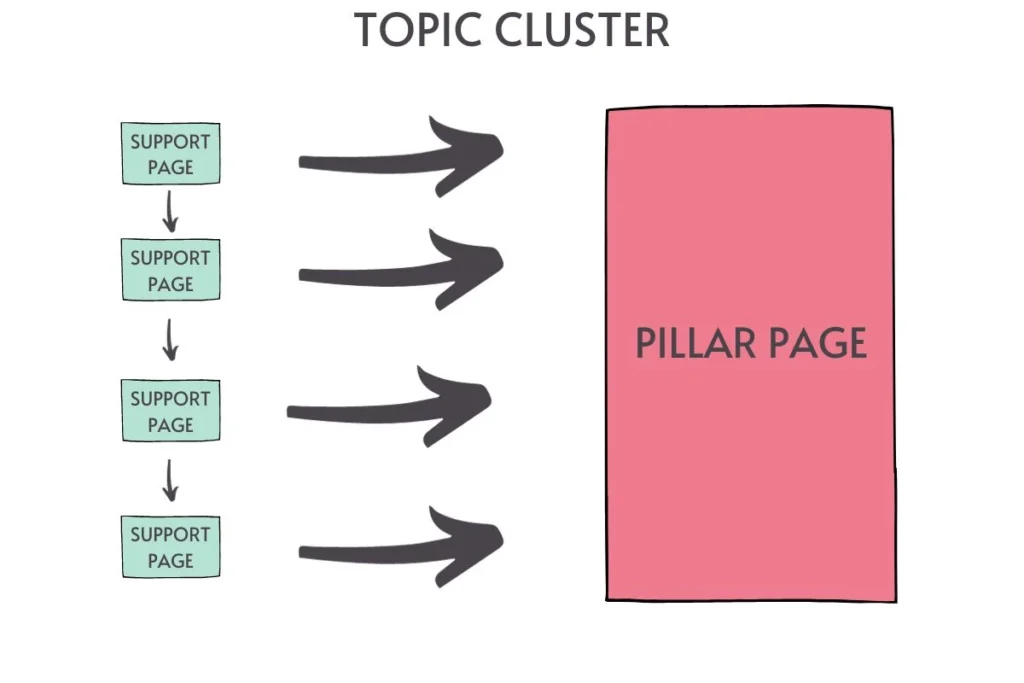
Another example of semantic SEO is using topic clusters to improve the relevance of your content.
Topic clusters involve creating a central piece of content (a “pillar page”) on a particular topic and then creating multiple supporting pieces of content (“cluster pages”) that link back to the pillar page.
This helps search engines understand the intent behind a search query and can lead to improved rankings.
Entity Optimization
Search engines now use entity optimization to better understand the context of a search query.
This involves optimizing your content around specific entities (e.g. people, places, things) rather than just specific keywords.
For example, if you were writing about the movie “The Lord of the Rings, you would want to mention related entities such as “Frodo Baggins”, “Middle Earth”, and “One Ring”.
This helps search engines understand that your content is about a specific topic and can improve your chances of ranking well.
Want More Traffic?
Semantic SEO Practices and Strategies
The following are some best practices for optimizing content with semantic SEO:
Analyze Related Terms and Phrases
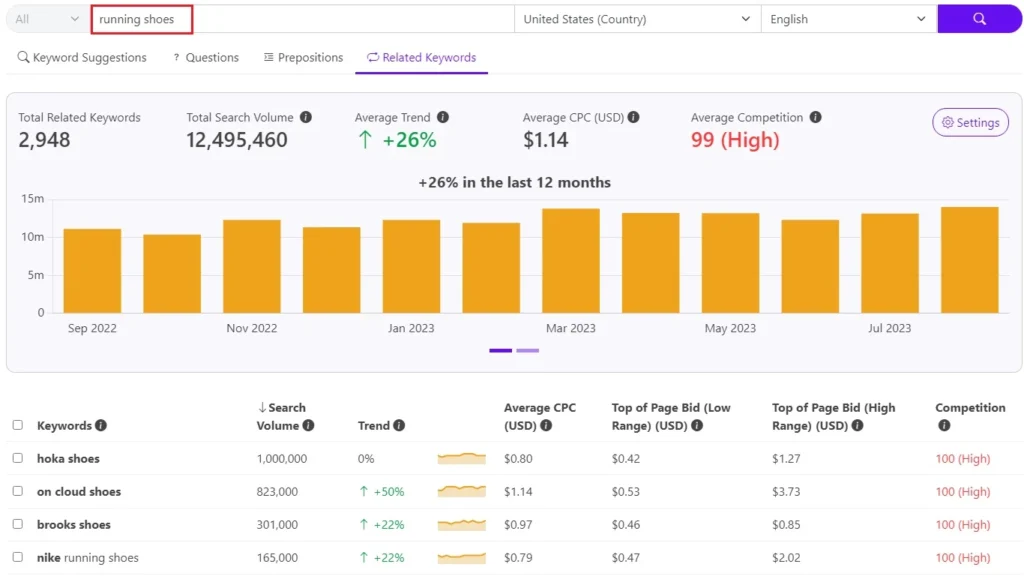
Identify and use related words or phrases in your content to demonstrate its relevance to a variety of search queries. Do it naturally – write for users and not for search engines.
You can use a tool like keywordtool.io which gives keyword suggestions and related keywords based on your main keyword.
Create Topic Clusters
Group related content into topic clusters to demonstrate the relevance of your content and improve rankings.
By doing so, you also boost the authority of your overall site.
Optimize Content Structure
Make sure that all elements of a page are properly optimized, including headings, metadata, and images.
This helps search engines understand the topic of your content more clearly and can improve rankings as a result.
Provide Answers to PAA (People Also Ask) Questions
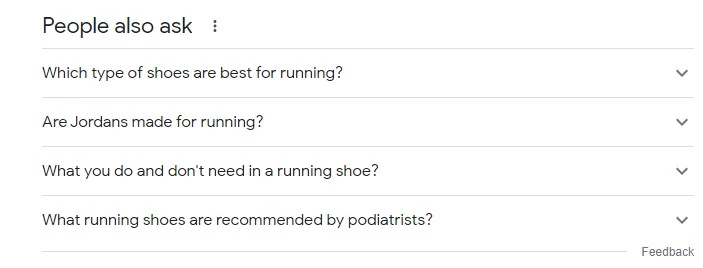
Search engines often display PAA (People Also Ask) questions in SERPs.
Including answers to these questions in your content can help demonstrate its relevance to a search query and improve click-through rates.
Use Structured Data
Using structured data such as schema markup on your website can help search engines better understand the content on your pages, improving its chances of appearing in SERPs.
Optimize for Long-tail Keywords
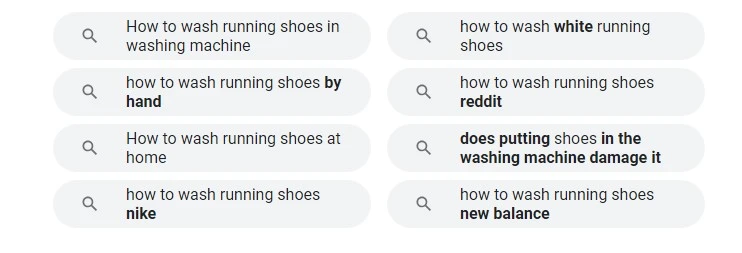
Focus on optimizing content for long-tail keywords, as these can be based on related synonyms, and words tend to have higher conversion rates and are more likely to be targeted by users.
Create Quality and Comprehensive Content
Google already mentioned that “word count Is not a sign of thin or unhelpful content” but higher quality, comprehensive content that covers a topic in-depth can help boost rankings and sometimes long content is preferred by the users and search engines.
Take Into Account the SERP’s “Related Searches”
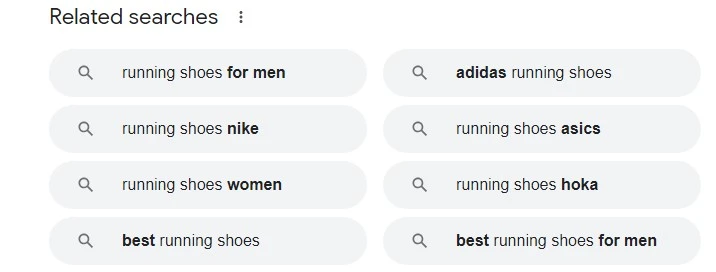
When optimizing your content, take into account the “related searches” that appear in SERPs for a particular keyword or phrase.
This can give you an idea of the types of queries that a user might be looking for, which can help you refine your content to better match their intent.
Semantic SEO tools
There are a few tools that can help you optimize your content for semantic SEO, such as:
1. LSI Graph
This tool helps you find related terms and phrases to use in your content.
2. Surfer SEO
This software enables you to analyze SERPs and identify content strategies to help you improve rankings.
3. SEMrush Keyword Magic Tool
This platform helps you research keywords and related topics, as well as analyze the SERPs for each keyword.
4. ahrefs
This tool helps you identify long-tail keywords and track keyword rankings.
5. Google’s Natural Language API
This tool enables you to analyze a text for sentiment, syntax, and entities.
6. Google Autocomplete
Google Autocomplete can help you with analyzing related terms and phrases associated with a keyword.
7. Moz Keyword Explorer
This tool helps you find related terms and identify the SERP features associated with a particular keyword.
8. AlsoAsked
This tool enables you to analyze “people also ask” questions in SERPs.
9. Google Suggested Queries
This tool helps you find related terms and phrases associated with a keyword that Google suggests.
10. AnswerThePublic
This software helps you analyze “people also ask” questions related to a keyword.
11. Wordtune
This tool helps you rephrase and optimize content to better match a user’s intent.
Semantic SEO with AI
AI-driven tools and technologies can help you optimize content for semantic SEO. AI-based systems are capable of quickly analyzing a large amount of data to identify related terms, topics, and queries.
AI-based systems can also be used to optimize content structure and identify relevant SERP features.
Additionally, AI-driven systems can be used to automate the process of keyword research, content optimization, and tracking SERP rankings.
For example, you can use an AI content generator like “Jasper” and sync it with “Surfer SEO” to get a deeper understanding of your competitors in SERPs and create more relevant content that includes LSI keywords and synonyms.
Is Semantic SEO Part of Holistic SEO?
Yes, Semantic SEO is a part of a holistic SEO strategy.
By incorporating semantic optimization into your overall SEO strategy you can create content that targets users’ needs and queries more precisely.
When used together with other elements of a holistic SEO approach such as keyword research, link building, and technical optimization, Semantic SEO can help you achieve higher positions in search engine results pages.
SEO is much more than a link-building process and technical optimization, it also requires a deep understanding of user experience and content optimization, and Semantic SEO is one of those elements you should also focus on.
Conclusion
Semantic SEO is a powerful strategy that can help you improve the relevance and visibility of your content in SERPs.
By using semantic keywords, structured data, and with the help of AI-driven tools and technologies, you can easily create content that is better optimized for search engines.
Additionally, optimizing your content for long-tail keywords can help increase your chances of appearing in SERPs, as these tend to be more relevant and have higher conversion rates.
Ultimately, by following the tips outlined in this article, you can ensure that your content has a better chance of ranking higher in SERPs and being found by the right audience.
Finally, make sure to track your content’s performance and use the insights gathered from analytics data to improve your content further.
By optimizing your content for semantic SEO, you can create comprehensive and engaging content that will help boost rankings and increase visibility.

Moshe Ben Haim
Moshe Ben Haim is an SEO expert and the founder and CEO of B.H Digital.
With over 7 years of experience in the field, Moshe has helped countless clients increase their visibility and reach potential customers online.
Before founding B.H Digital, Moshe worked as an SEO specialist at top-notch companies like Wix, 888 Holdings and Verbit.



